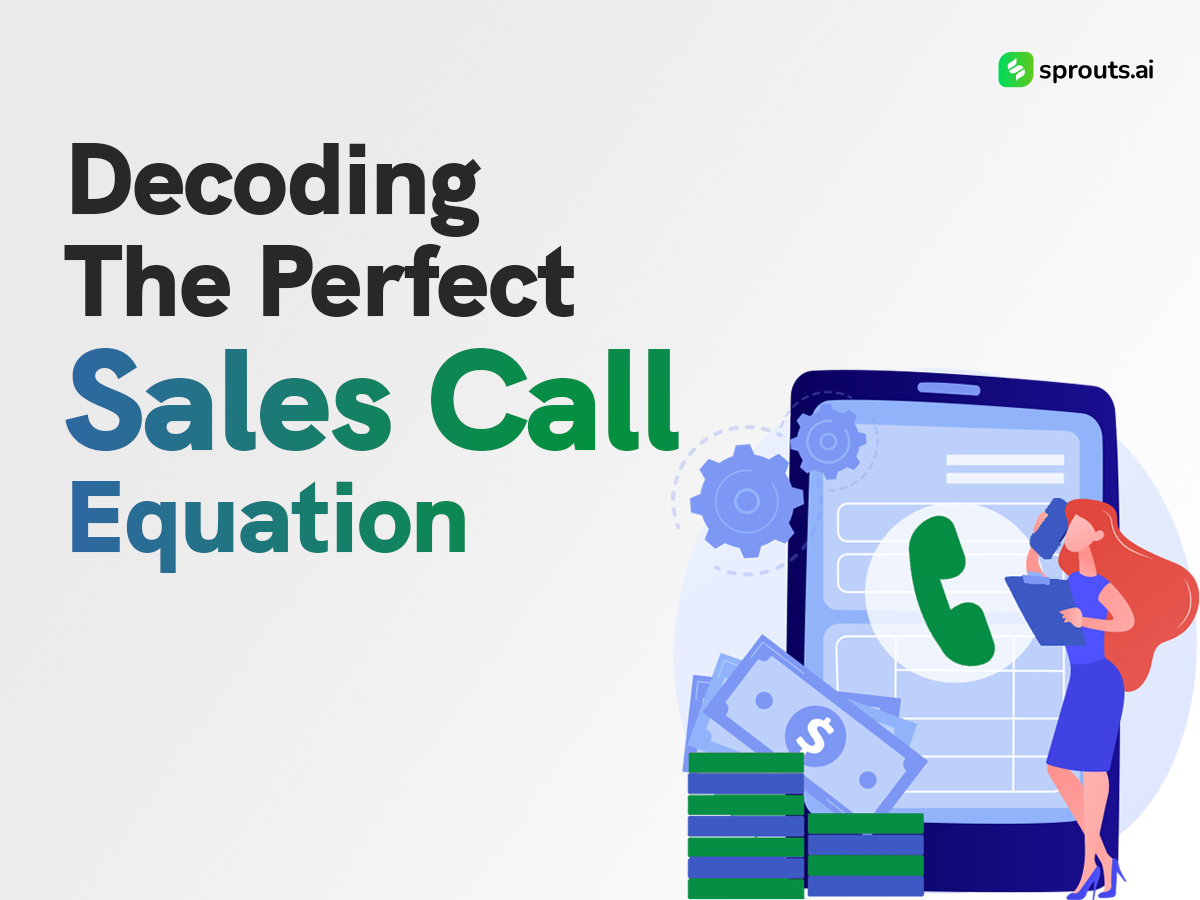The never-ending debate about the optimal number of daily sales calls often confuses professionals looking to fine-tune their outreach strategies. Cold calling, a foundational technique, has been a cornerstone of sales efforts for decades. In this blog, we explore cold-calling statistics to decode insights that can guide sales teams in striking a balance between quantity and quality. Let’s get started and understand the art of effectual cold calling, to drive success while fostering enduring customer relationships.
The Cold Calling Landscape
Cold calling, often hailed as the “frontline” of sales, involves proactively reaching out to prospective clients who haven’t expressed a previous interest in your product or service. Its efficacy sparks ongoing debates—proponents laud its direct engagement potential, while skeptics highlight its potentially intrusive nature. To navigate this landscape, let’s commence by exploring some intriguing cold-calling statistics:
- Conversion Rates: Industry data suggests that the average conversion rate for cold calls hovers around 2%. This seemingly modest figure underscores the importance of refining your approach to achieve optimal results.
- The Power of Persistence: Cold calling statistics unveil a compelling truth—nearly 80% of successful sales require five or more follow-up calls after the initial contact. This statistic underscores the critical nature of persistence and the undeniable value of nurturing leads over time.
- Timing as a Catalyst: Research indicates that Wednesday and Thursday proved to be the most promising days for cold calling, with contact rates peaking during the late morning and early afternoon.
Striking the Balance: Quality vs. Quantity
It’s tempting to prioritize the high volume of calls made per day. But, a nuanced analysis of cold-calling statistics indicates that a “quality over quantity” strategy often yields more substantial outcomes. Here are some key considerations to bear in mind:
- The Power of Personalization: Successful cold calling isn’t about inundating prospects with standardized scripts. Instead, tailor your message to resonate with their pain points, industry nuances, and unique needs. According to McKinsey, companies that embrace personalized tactics grow at a 40% faster rate than those that do not prioritize this approach.
- The ROI of Research: Dedicate time to comprehensive research before each call. Familiarize yourself with the prospect’s business landscape, challenges, and objectives. Cold-calling statistics underscore the significance of well-informed calls.
- Sparking Conversation, Not Pitching: Rather than launching into an overt sales pitch, initiate a genuine conversation. Employ strategic questions that encourage prospects to share their needs and challenges. Discovery questions offer deeper insights into your prospect’s company, role, objectives, priorities, etc. Typically initiated with phrases like “tell me about,” these questions might resemble an interview, but they need not be burdensome. Tailoring your discovery questions based on the information you uncover and consistently relating them to the customer journey is essential.
- The Art of Follow-Up: As the cold calling statistics suggest, successful sales necessitate multiple follow-ups. Construct a comprehensive follow-up strategy encompassing emails, phone calls, and social media interactions—cultivating leads over time for better outcomes.
- Metrics Beyond Quantity: Instead of focusing solely on the number of calls made, focus on quality metrics. Analyze conversion rates, lead quality, and feedback from customers. These metrics unveil a more holistic picture of the effectiveness of your cold-calling strategy.
Adding a Human Touch in the AI Era
Cold calling, in today’s automated age, retains its potency to forge genuine connections. While cold-calling statistics provide valuable insights, it’s vital to remember that behind each statistic lies a potential client searching for a solution. Here’s how you can infuse the human touch into your cold-calling endeavors:
- The Art of Active Listening: Devote time to genuinely listen to your prospect’s concerns, challenges, and aspirations. Engage in meaningful dialogue that transcends the confines of a mere sales pitch.
- The Power of Empathy: Demonstrate empathy and understanding, showcasing that you’re genuinely committed to addressing their pain points.
- Storytelling with Impact: Infuse storytelling into your calls to create memorable interactions. Share success stories that closely align with your prospect’s situation. This approach elevates engagement levels and leaves a lasting impression.
- Embracing Adaptability: Recognize that not all calls will follow a predictable script. Be poised to adapt your approach based on the responses and needs of your prospects.
- Nurturing Relationships: View cold calling as a chance to cultivate long-lasting relationships rather than focusing solely on immediate conversions. Prioritize rapport-building to foster sustainable connections.
In a quest between quantity and quality, the optimal number of daily sales calls emerges as a fluid balance, guided by cold calling statistics and a deep understanding of human behavior. As you start your cold calling journey, remember that every call serves as an opportunity to establish a connection, comprehend needs, and provide tangible value.
The art of cold calling extends beyond numbers—forging authentic relationships that endure the test of time. By integrating personalization, research, active listening, and adaptability into your approach, you can harness the potential of cold calling to drive success and nurture enduring customer relationships.

